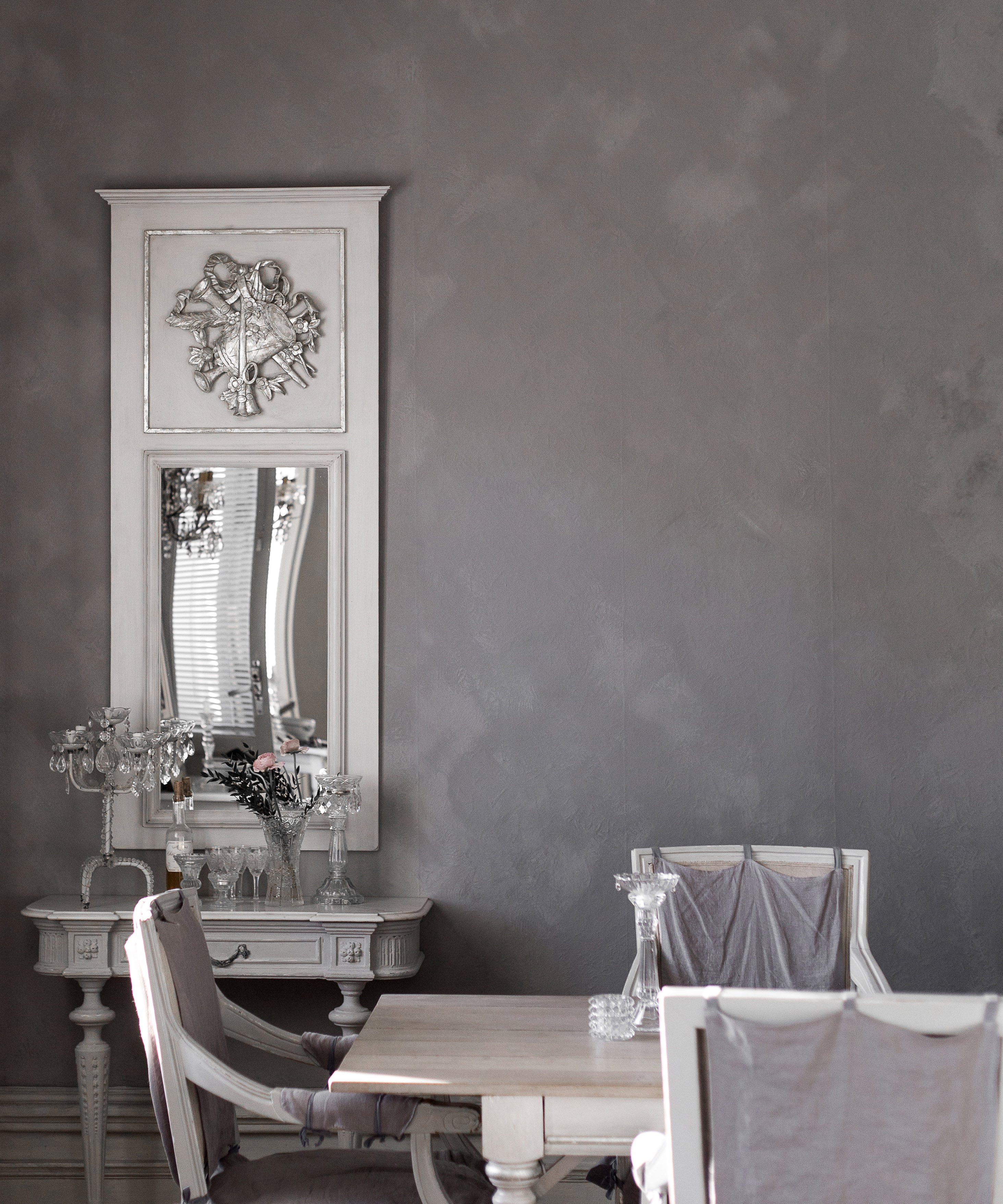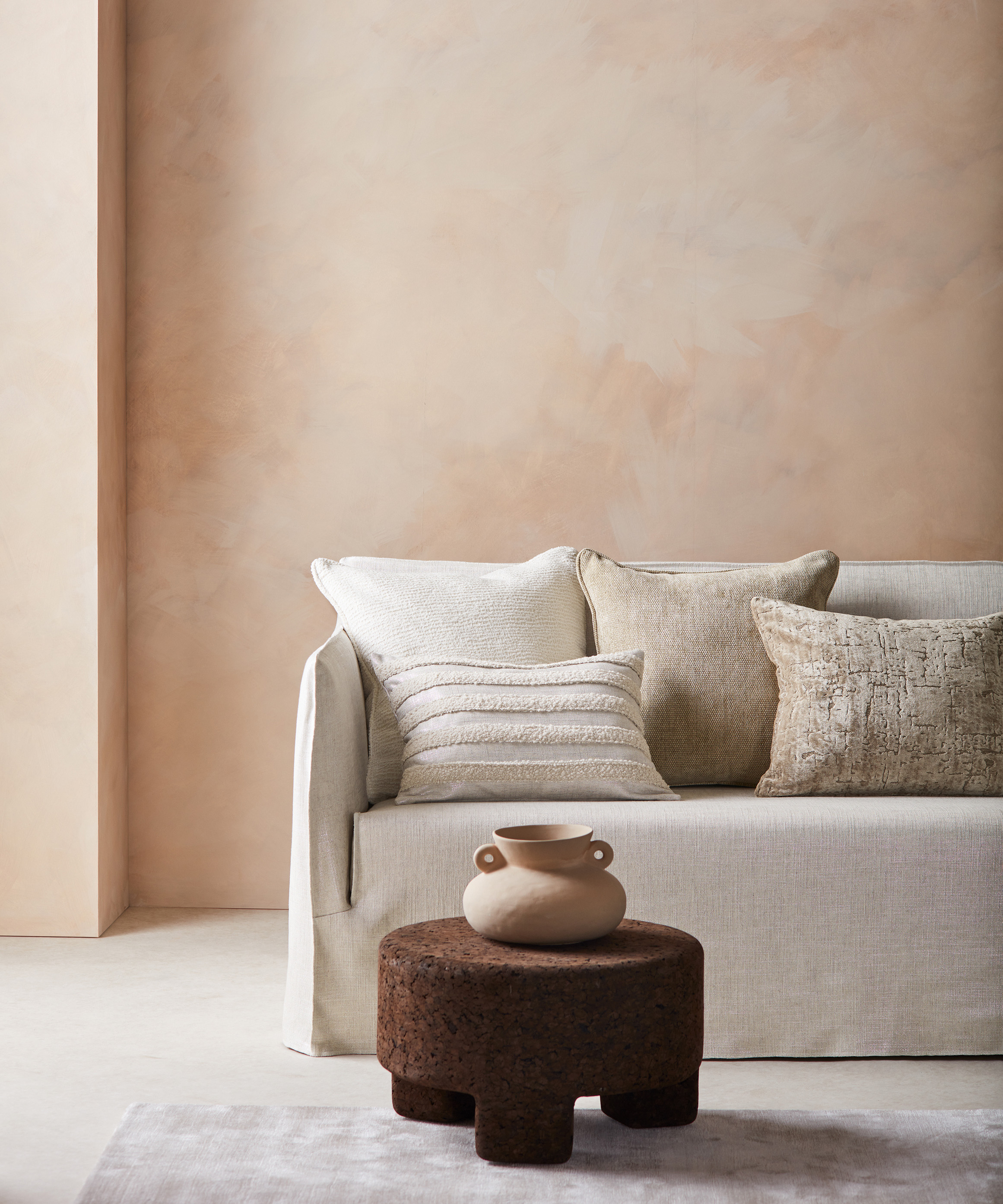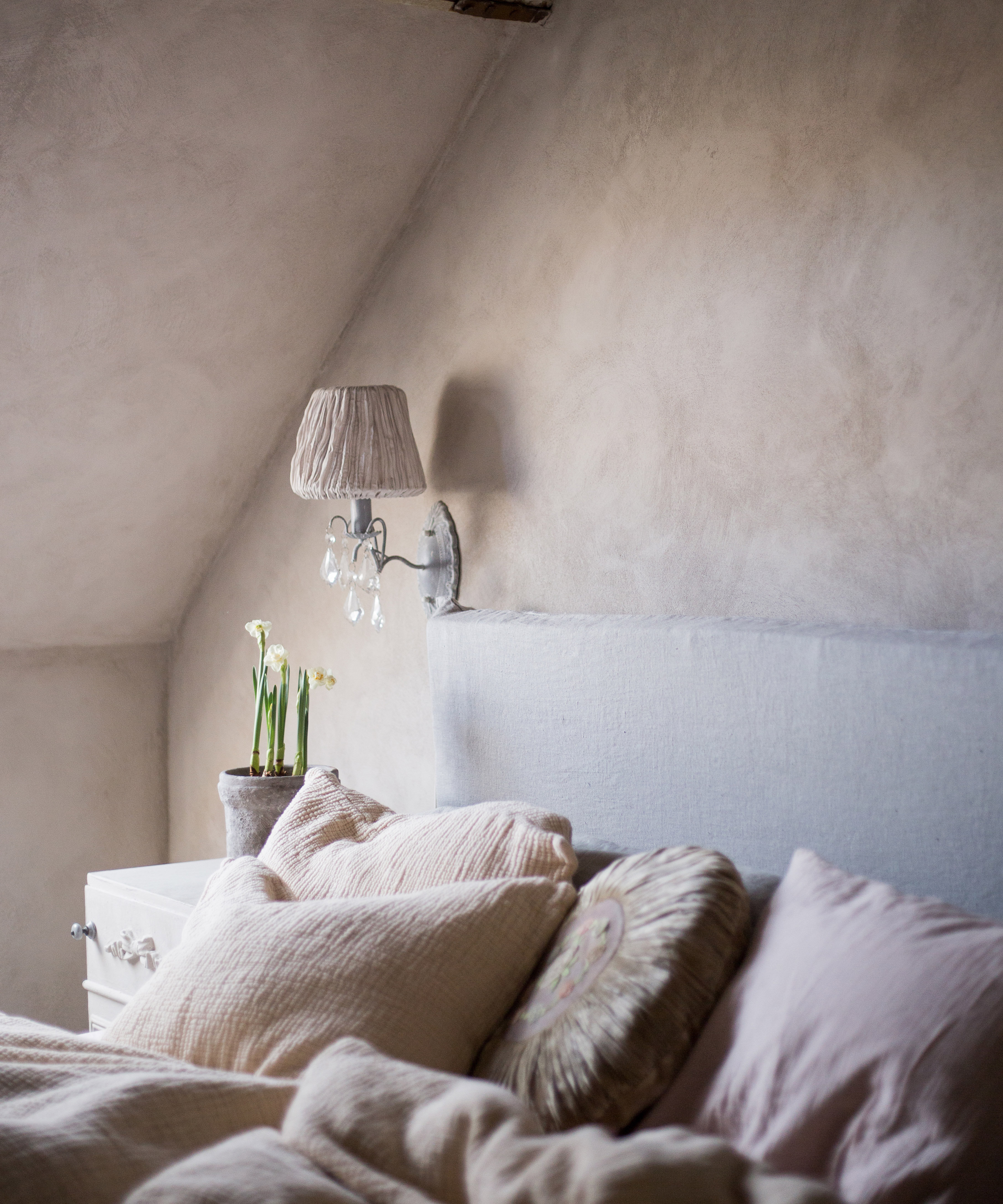This sophisticated European painting technique will transform your walls – and Instagram loves it
Decorators have practiced this method since ancient times, but the aesthetic has never looked quite so current


Sometimes, the future of interior design is rooted in the past, and with this naturalistic painting technique, this is certainly the case.
Yes, Instagram is currently falling for the soft aesthetic of lime washing – an ancient painting method that uses century-old techniques to create rustic, textured walls in our modern homes. It is easy to see why limewashing is having a moment; with its nod to century-old style and chic imperfect finish across your walls; this is the home decor trend that oozes with remnants of a mysterious former era. Here, we spoke to paint experts at the top of the industry who share their advice for those who are understandably tempted by its enduring charm.
However, be warned, once you witness the organic allure of limewashing, you may never return to a world of glossy finishes again.

What are the benefits of limewashing?
According to Bronwyn Riedel, Colour and Creative Director Bauwerk Colour, limewashing is best celebrated for its wholly natural characteristics, which bless our homes with raw and rustic tones.
‘Limewash is made by a perfect alchemy of earth, fire, water, and air. They allow your walls to breathe – as they absorb Carbon Dioxide from the air, just like trees. They also have natural antibacterial properties, Bronwyn shares.
‘We believe that nature provides everything we need to live in our homes, and we make our paints that work on that principle. What you leave out is more important than what you put in,’ Bronwyn says.

‘Limewash is an inexpensive and wonderful way to easily create a perfectly imperfect style of decorating; you can do it yourself in one weekend,’ she adds.
The Livingetc newsletters are your inside source for what’s shaping interiors now - and what’s next. Discover trend forecasts, smart style ideas, and curated shopping inspiration that brings design to life. Subscribe today and stay ahead of the curve.
Limewashing’s close relationship with nature is further emphasized by Audur Skula, Art Director at the Belgium-based limewashing paint manufacturers, Kalklitir.
‘The main characteristics are the different shades of natural colors with its matte texture and superb depth that brings a calm effect to a room. The natural colors have a way of adapting to surrounding colors and will absorb the light beautifully,’ Audur adds.

What do we need to remember when limewashing?
Audur then offered her top advice for limewashing, suggesting, firstly, that the brush is almost as important as the paint: ‘We recommend using our specially made Italian brushes with extra long hairs in order to get a smooth effect on the wall when painting,’ she shares.
‘There are many ways you can apply the paint; we mostly recommend the up and down method or the more popular X-strokes method that will create a more cloudy effect. Normally two layers will give good results. However, you can do as many layers are needed or wanted, and it is also possible to change colors if of interest.'
‘In powder form, the Kalklitir paint can be stored for many years; once mixed with water, it will keep for one year in an airtight container,’ she adds.

See: Painted wall ideas – have some fun with your walls with these creative paint ideas
Bronwyn similarly recommends using thin layers and suggests painting ‘out in all directions in cloud-like patterns.
We have a slight incline that this ancient calming technique will endure for many more centuries to come.

Megan is the Head of Celebrity Style News at Homes & Gardens. She first joined Future Plc as a News Writer across their interiors titles, including Livingetc and Real Homes, before becoming H&G's News Editor in April 2022. She now leads the Celebrity/ News team.
Before joining Future, Megan worked as a News Explainer at The Telegraph, following her MA in International Journalism at the University of Leeds. During her BA in English Literature and Creative Writing, she gained writing experience in the US whilst studying in New York. Megan also focused on travel writing during her time living in Paris, where she produced content for a French travel site.
Megan currently lives in London, where she relocated from her hometown in Yorkshire. In her home, she experiments with interior design trends and draws inspiration from the home decor ideas she observes in her everyday work life. Her favorite pieces include her antique typewriter and her expansive collection of houseplants. When she isn’t writing, she is browsing London’s coffee shops and bookstores to add to her ever-growing library, taking over the open shelving in her apartment.